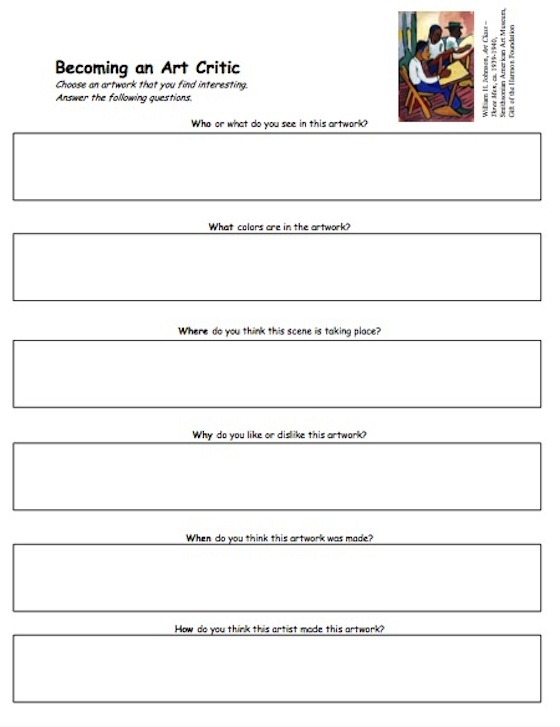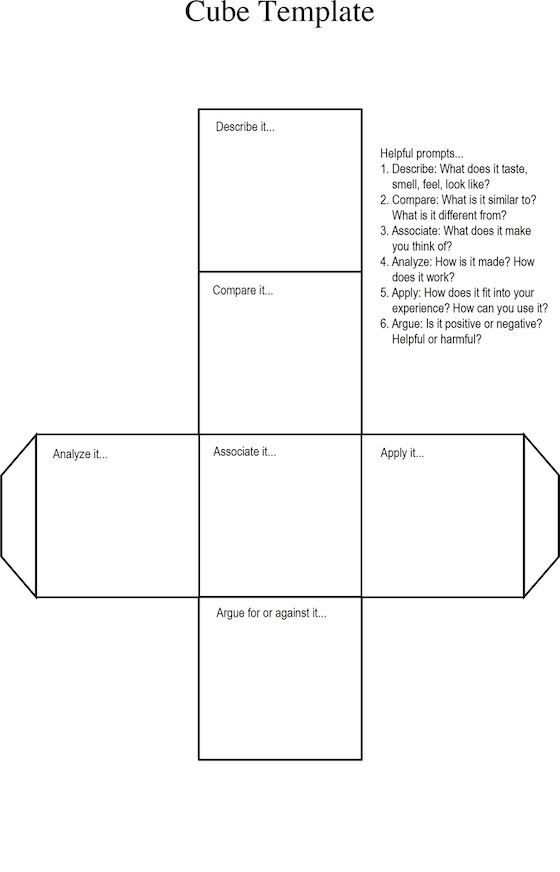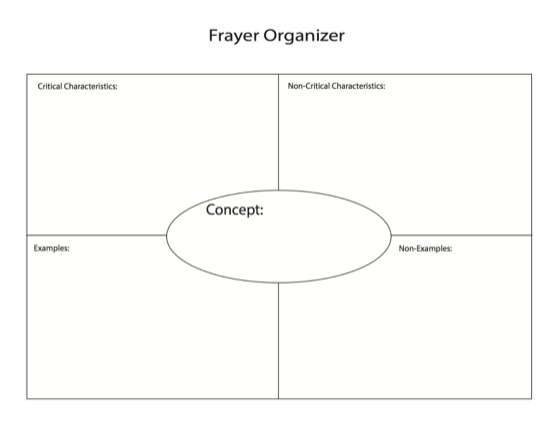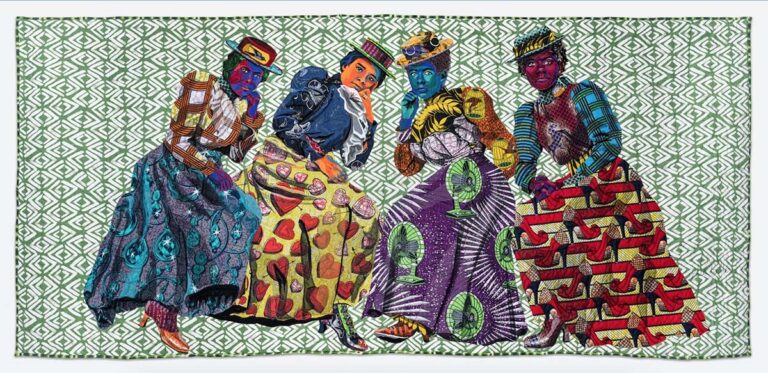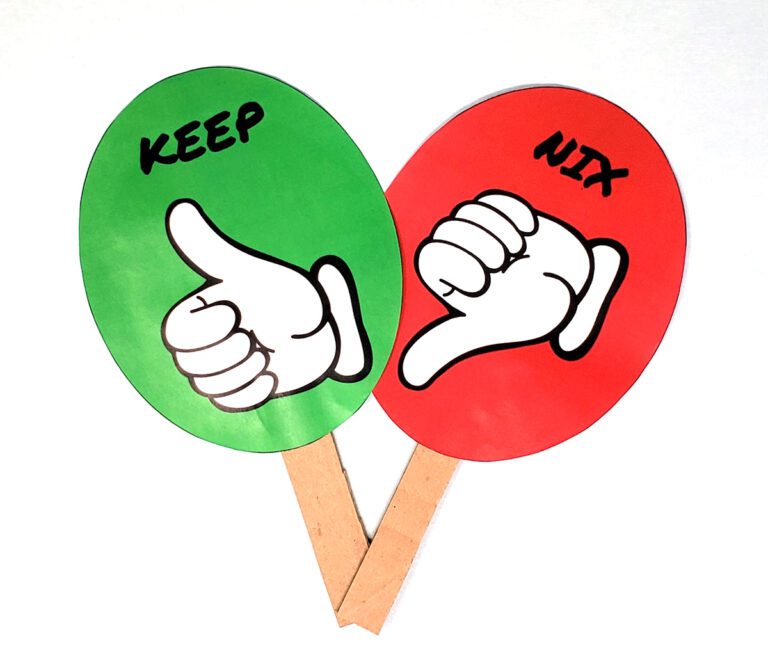The visual arts are such a broad and encompassing discipline that even teachers need to use graphic organizers to keep all of the information neat and accessible. Think: lesson planners. Students can benefit from graphic organizers in the art room too! Graphic organizers help students partition and clarify their thinking, serve as perfect formative assessments, and reinforce the kind of visual literacy that the art room is all about.
Here are three great graphic organizers that can be incorporated into your teaching right now.
Smithsonian Critique
Critiquing artwork in a meaningful way is a tough skill to teach and to learn. Having students organize their thoughts before they share them with the class reduces anxiety and forces students to slow down and think critically. Download this organizer from the Smithsonian to help students do just that.
Cubing
Cubing, like the critique organizer, asks students to think about an issue beyond its surface. It closely follows Bloom’s hierarchy and can help teachers scaffold students up to higher and higher orders of thinking. The great thing about cubing is that it can become a sculpture if students create a physical cube! Download a PDF cube template by clicking here.
Frayer Models
I like using Frayer model diagrams because they are simple enough to use with even the youngest learners, but can also be used with really complex ideas in the secondary classroom. Prompts can be changed and tailored to students and topics. Some of the best ask students to list (or draw!) examples and non-examples, critical characteristics and non-critical characteristics. Download a PDF Frayer by clicking here.
Using graphic organizers in the art room is a no-brainer! Students unpack and learn concepts visually, teachers can quickly assess learning, and everyone ends up with a great piece of evidence for portfolios or grading.
Where have you used graphic organizers in your classroom?
Which do you use for your students? Which do you use for yourself?
Magazine articles and podcasts are opinions of professional education contributors and do not necessarily represent the position of the Art of Education University (AOEU) or its academic offerings. Contributors use terms in the way they are most often talked about in the scope of their educational experiences.
